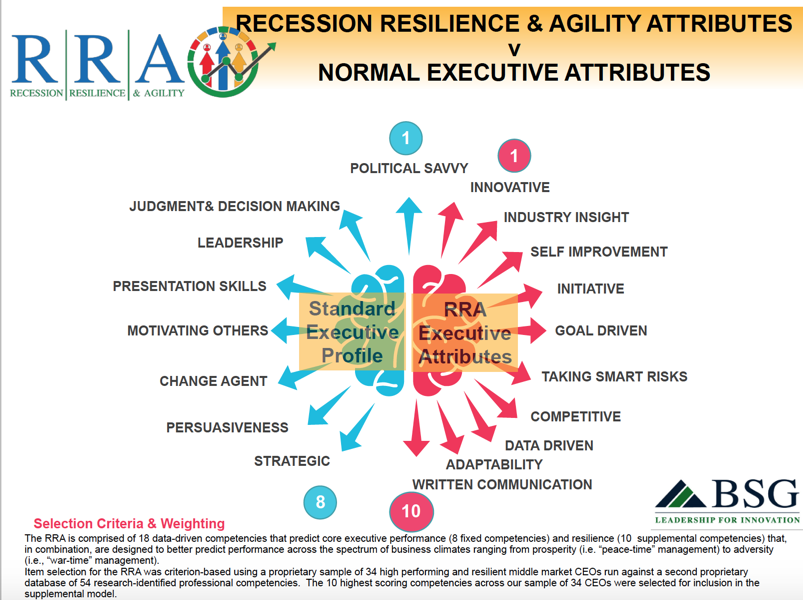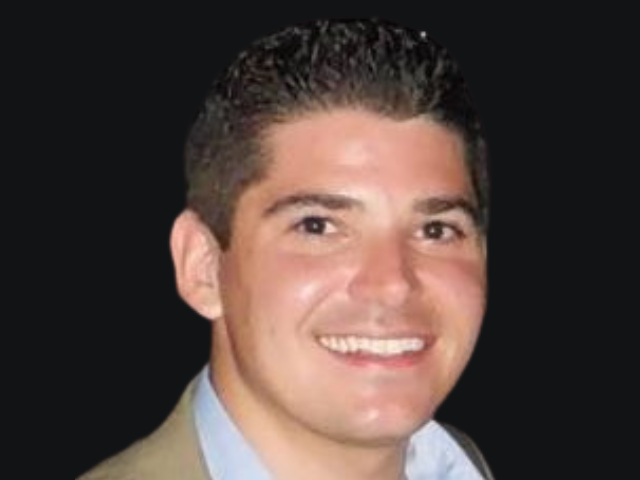AUGUST 2025: BSG Completes Another Successful Executive Search—Director of Value Recovery & Services Growth, Reconext
BSG proudly announces a...

A psychometric assessment that stress tests an executive’s leadership “grit”



A Widespread Need
Seven out of 10 executives say that their organizations experienced disruptive change during the last year. And more than 80% say that the pace of change is speeding up in organizations all over the world [American Management Association 2018 survey].

Understand Key Factors
Psychologists have identified some of the factors that make a person resilient, among them a positive attitude, optimism, the ability to regulate emotions, and the ability to see failure as a form of helpful feedback. Key to resilience agility is the ability to work with ambiguity.
Key Definitions
Agility
Resiliency

Balancing Attention to Agility and Resiliency
It is tempting to think that the pace of change can best be matched by building agility, while the disruptiveness of change is best matched by building resiliency. In this scenario, fast-paced markets are met with speedy product innovation, and severe setbacks are offset with robust response management. However, it is risky to overemphasize either agility or resiliency to the exclusion of the other. The strong correlation between the two concepts in our study indicates that they are different but indeed linked. Agility and resiliency are both essential, and they must both be actively developed, although the relative emphasis given to each may vary over time as the relative pace and disruptiveness of change varies. The task is gauging which of the two is needed most at a point in time. To do so requires having multiple, explicit, agreed-upon metrics and indicators of when agility and resiliency are being excessively pressured due to environmental conditions. Gaming and simulations of a variety of extreme situations, along with taking every opportunity for candid debriefs of actual failures and poor performance, become important ways of identifying those indicators.

BSG proudly announces a...


We get asked a lot of questions. That is natural—after all, when you're considering who to place your trust in for a high-level upcoming executive search you're going to need to cover all the details up front. But in our 20-year experience we have detected a clear pattern of the most frequently asked questions and concerns from prospective clients.
We've gone ahead and compiled them here, as answered by Managing Director Clark Waterfall. He's (quite literally) heard it all and answered it all before. We invite you to join him and get to know BSG.
We believe that the globe of talent is comprised of two hemispheres – optimizers and builders. Each is critical for different stages of company growth and development.
BSG's focus is on the builders.